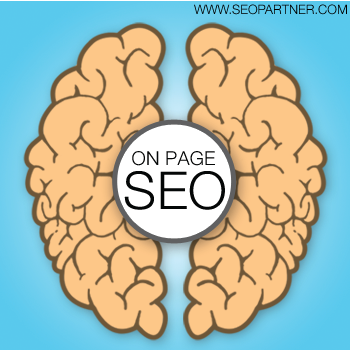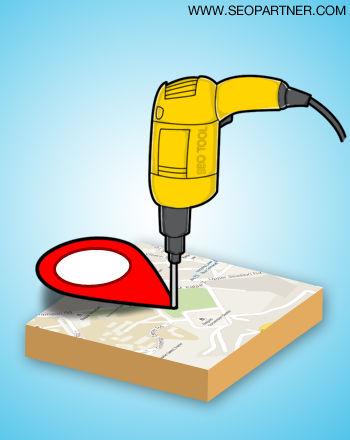What are you up to this week? We caught a few interesting pieces of news on our SEO radar that can definitely spark some sweet ideas for you. Like how to tap into the human reptilian brain to create incredible content. Or do on-page SEO without necessarily giving keywords a hoot. These SEO updates are definitely giving marketers plenty of reasons to think, dig deep and take some real, results-driven action.
2 Notable Studies, 2 Tactics to Take
1. Create Awesome Content with the Latest in Neuroscience & Research
By knowing how the brain works, marketers can create content that appeals to individuals on a primal level. Indeed, research in neuroscience and human behavior is assisting marketers to come up with content that performs better. Today, science shows what elements web pages have that can mean failure or success for a blog entry, a landing page, or a press release.
Ahrefs breaks down the brain science on captivating people:
Emphasize key ideas.
Readers often skim over content instead of reading it entirely. Help them out by highlighting the key ideas by using bullet points, headers, and bold or H tags.
Use visual metaphors.
Because of the fact that human beings have a highly developed sense of sight, visual metaphors work very well. Use unique and relevant visual elements when creating content. Make sure that it can evoke similar emotions and have a similar impact as your words do.
Get emotional responses from the visitors.
The decision-making process is often driven by the subconscious. This means that most important decisions are made without the logical input from the brain’s cognitive part. When creating content, make sure you strike an emotional chord.
Use easy-to-read fonts.
More brain power and focus will be required for things that are very hard to read. Based on a study performed at the University of Michigan, people often associate a font’s readability with how important the content is. Use common or simple fonts.
Use attention-grabbing headlines.
If you want to use common figures of speech or expressions as headline writers do, make sure that your wordplay is at the end. It is proven that this will attract a reader’s attention since it goes against what they’re expecting to read.
Put the key points into the beginning and end.
You need to emphasize your key points at the beginning of the content. At the end, reiterate them.
Don’t forget a call-to-action.
At the end of your content, let your visitors perform a certain task, either by calling you, filling out a form, or sharing your content.
2. Focus on These On-Page SEO Factors for Better Results (Shocker: No Keywords Involved)
For the longest time, exact match keywords have been thought to have the greatest correlation with good Google rankings. But Ahrefs recently studied the on-page SEO factors across 2 million random keyword searches. (The initial article stirred a bit of a controversy, so they came up with a revised version presenting just the research data and relevant recommendations.)
The conclusions from that study revealed there are a number of on-page SEO factors that don’t involve keywords, yet can produce better ranking results. These factors include the following:
The web page’s age
Newly published content does not immediately get to Google’s first page, so investing in pages that already rank well is a good way to improve organic search traffic.
HTTPS
If you collect any kind of data from your web visitors, it pays to make your website secure and more trustworthy in your users’ eyes.
Page loading time
Google would naturally give preference to sites that load faster than yours, so strive to make the pages load fast enough to keep users happy.
Content length
Going longer isn’t the goal; it’s giving more value with fewer words.
URL length
Keeping URLs short is great for user experience, but in terms of rankings, it does not have much of a correlation.
Linking out to authority sites
In the event that Google lacks other ranking signals, this factor may be taken into account, although the positive correlation is largely insignificant.
Broken links
Avoid the risk of your user clicking on one, which is sure to lead to frustration.
Social shares
If social shares do affect rankings, SEO experts feel that they can be too easy to fake and thus must not be given much weight.
5 SEO Tips to Try This Week
Use 11 Of The Best Local SEO Tools to Power Up Your Campaigns
Local SEO is at the forefront of online marketing success. Here, Search Engine Land lists the invaluable tools you can use for your business’s local search campaign.
- BrightLocal Rank Tracker. This one yields some of the best results for big data local rank tracking studies.
- Google. There’s no discounting the power of the most important search engine in the world. It has everything you need to use for your local campaign -Google Analytics, Google Search Console, Google Docs, Google Page Speed Insights, Google Mobile-Friendly Test.
- Majestic/Ahrefs. Majestic is the top backlink analysis tool and Ahrefs is the best complement for it. With this combo, identifying spammy backlinks will be a breeze.
- Moz Local. This is especially effective in fixing business listing issues with business listing data aggregators such as Acxiom, InfoGroup, and Neustar Localeze.
- NAP Hunter. This free Chrome extension may just be the fastest way to locate wayward NAP info in Google and determine the source of NAP issues.
- Places Scout. For local intelligence to boost competitiveness, this is the best to use. Places Scout provides different data sources so you can see what variables truly differentiate the competition from your target audience.
- Screaming Frog. This is a must for fast, on-demand site crawl. Also, it’s constantly adding new features for improved functionality.
- Search Google by Location Bookmarklet. This will allow you to change your location in Search Tools, even if Google disabled this action some time ago.
- SEMrush. This tool monitors Google for something like 100 million keywords in over 25 countries, and after that, it breaks down data effectively to provide you insights into how domains perform against queries and competitors. This is highly recommended for multi-location brands.
- Whitespark Local Citation Finder. The pitch says it all: “Discover where to list your business for better local search rankings.”
- Yext. It has proven to be an effective method for creating and updating citations on top local search sites.
Market Your Event and Promote Your Brand through Various Digital Channels
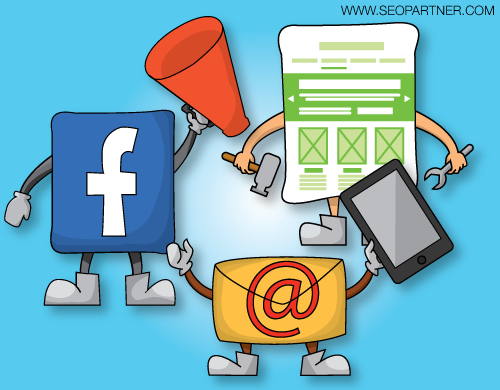
When it comes to promoting your brand through events, most people find it hard and challenging especially if planning for a successful event alone can already be a daunting task.
Tech.Co shares how, with the use of various digital channels, you can certainly increase the exposure of your brand and acquire strong leads effectively at the same time.
Use social media.
As you know, social media sites are very effective in brand management, lead generation and even sales. Take advantage of this digital strategy to market and promote your brand.
Optimize your landing page.
Since it is already very common these days for businesses and companies to launch a microsite for a specific event, you should learn to optimize it so visitors will learn more about what you have to offer. It should, however, be carefully designed for maximized user engagement. Develop your landing page and drive traffic.
Consider email marketing.
Email lists contain the strongest leads. And so, take advantage of this for your event promotion. Target your audience using effective subject lines that will surely catch their attention.
Calculate When You Can See Results From Content Marketing
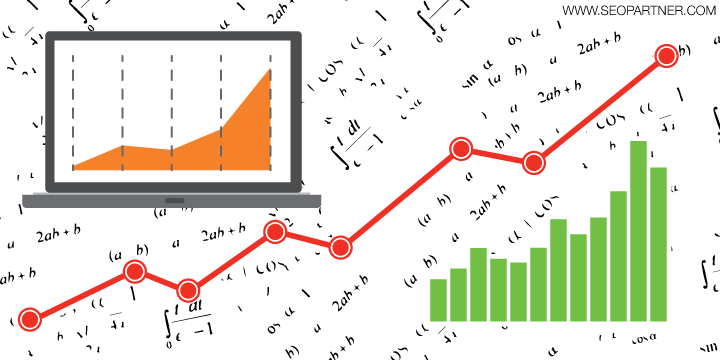
You cannot simply publish content pieces and hope everything works positively. You also need to have a confirmation that your strategy is working for you. How do you know when to expect results from your content marketing? Neil Patel reveals this formula.
Set a realistic timeline.
Content marketing is not a short-term strategy. You can see noticeable results anywhere between six to nine months but you need to ramp up your publishing frequency while maintaining the good quality of your posts.
Know your audience.
Define who your audience is and list down their pain points. After that, craft persuasive content for your audience. Engage your audience in a conversation by building an email list.
Combine your content calendar with on-page SEO strategies.
Typically, you will see an increase in traffic in three months and that number will grow further after six months. In order to help you push through periods of low yield, you need to create and stick to a content publishing calendar while adhering to good on-page SEO practices.
Evaluate the performance of your content.
After the first three months of your content, you will need to evaluate the performance of your campaign. Check which posts drive the most traffic, which tactics generate the maximum amount of traffic per hour and who your best customers are.
Maximize Infographics For SEO
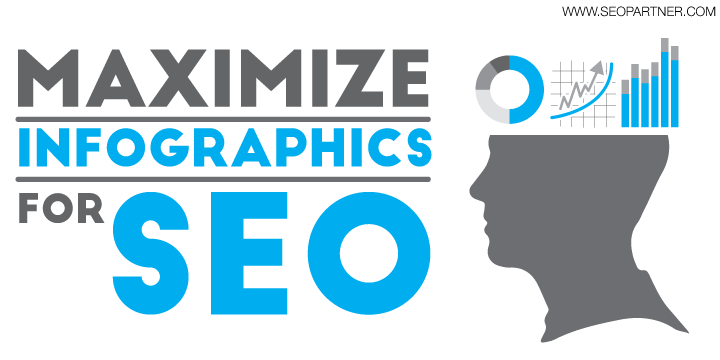
Are your infographics underutilized? To boost your online visibility and improve your SEO in this highly visual world, maximize the use of your cleverly illustrated images with these tips from SEOchat.
Make content simple.
People will talk about something they can understand. Instead of creating a long infographic with everything in it, combine a few related interesting pieces together to keep it simple.
Build an easy production process.
It doesn’t have to be a fancy design. A simple table format will do. Make it captivating for people to share.
Share on authority websites.
Spread your infographic across the web for people to find it and share. This allows you to gain more exposure for your brand.
The SEO Benefits of Infographics
High-value infographics allow you to:
Get listed on Google image search.
Relevant images can rank you in a better position as image database is generally smaller. Optimize your infographic by putting descriptive alt tags, keywords, and titles, and your target audience will find you on the search results page.
Improve social interaction.
Human reaction to your content is among the factors used by search engines to determine the relevance of your page. This pushes your content up in the search engine listings. A well-constructed infographic or pictures will attract more people to interact with your content. Gain visual recognition and keep your audience engaged.
Use more keywords.
Infographics allow you to raise the count of keywords on your webpage without turning your excellent article into a keyword-soaked content. Using more tags that are inherent in the picture is recognized by search engines as a valid use of keyword.
Expand Your Brand in 3 Steps

Gaining a boost in visibility and popularity is always the key to getting more customers or clients and achieving an increase in sales. If you’re looking for ways to effectively magnify your brand’s popularity, here are some helpful tips from SEOchat:
Let people know about your brand.
Just like celebrities, businesses will never suffer from “too much publicity.” Always put your brand in front of the people who need your services or products now or in the future. Share interesting and useful post on your different social media accounts regularly and interact with customers who engage with you. Maintain a blog and regularly publish valuable content that can help generate leads and establish you as an authority in your field.
Utilize the right tools.
Solutions such as demographic trackers and SEO tools like Moz to stay ahead of the competition, know the statistics that matter the most and make the changes or adjustments you need to implement. Having access to or using intuitive small business software suitable to your industry or niche can make it easier for you to keep up with the competition as well.
Be innovative.
Simply keeping up with the technological advancements in your field is not enough today. To increase your brand’s prominence, combine your natural creativity and entrepreneurship with these technological changes so that you can discover new ways to improve your products or services and promote the outcome. When your current and potential customers see that you are ahead of the curve and habitually innovating, they will want to know more about your brand and how they can benefit from your products or services.
SUMMING IT ALL UP
Here are the top 7 takeaways from this week’s SEO news roundup:
- Brain science can empower your marketing. Create exceptional content by having access to your reader’s subconscious reptilian emotions and understanding how the brain works.
- On-Page SEO doesn’t rely on exact match keywords alone. Utilize other factors aside from exact match keywords to drive your site’s ranking forward.
- The right tools get the job done. Boost your local SEO campaign with the use of the right mix of tools and platforms.
- Marketing online boosts your event IRL. Integrate a digital strategy into your event marketing campaign for better results.
- It’s important to spot the right time to evaluate if what you’re doing works. Pencil in your calendar exactly when you can successfully assess the results of your content marketing.
- Infographics provide not just eye candy, but also real-world results. Use infographics right and enjoy its benefits for SEO in this highly visual world.
- For brands, there’s no such thing as “too much publicity.” Make the task of improving your brand’s online prominence an on-going mission.
References:
https://ahrefs.com/blog/incredible-content
http://searchengineland.com/right-local-seo-tools-job-251135
http://tech.co/ways-to-integrate-a-digital-strategy-into-your-event-marketing-campaigns-2016-06
http://neilpatel.com/2016/06/20/when-can-you-expect-your-content-marketing-efforts-to-bear-fruit/
https://ahrefs.com/blog/on-page-seo/
http://www.seochat.com/c/a/marketing/3-ways-expand-brand/
http://www.seochat.com/c/a/search-engine-optimization-help/how-infographics-can-improve-your-seo/

